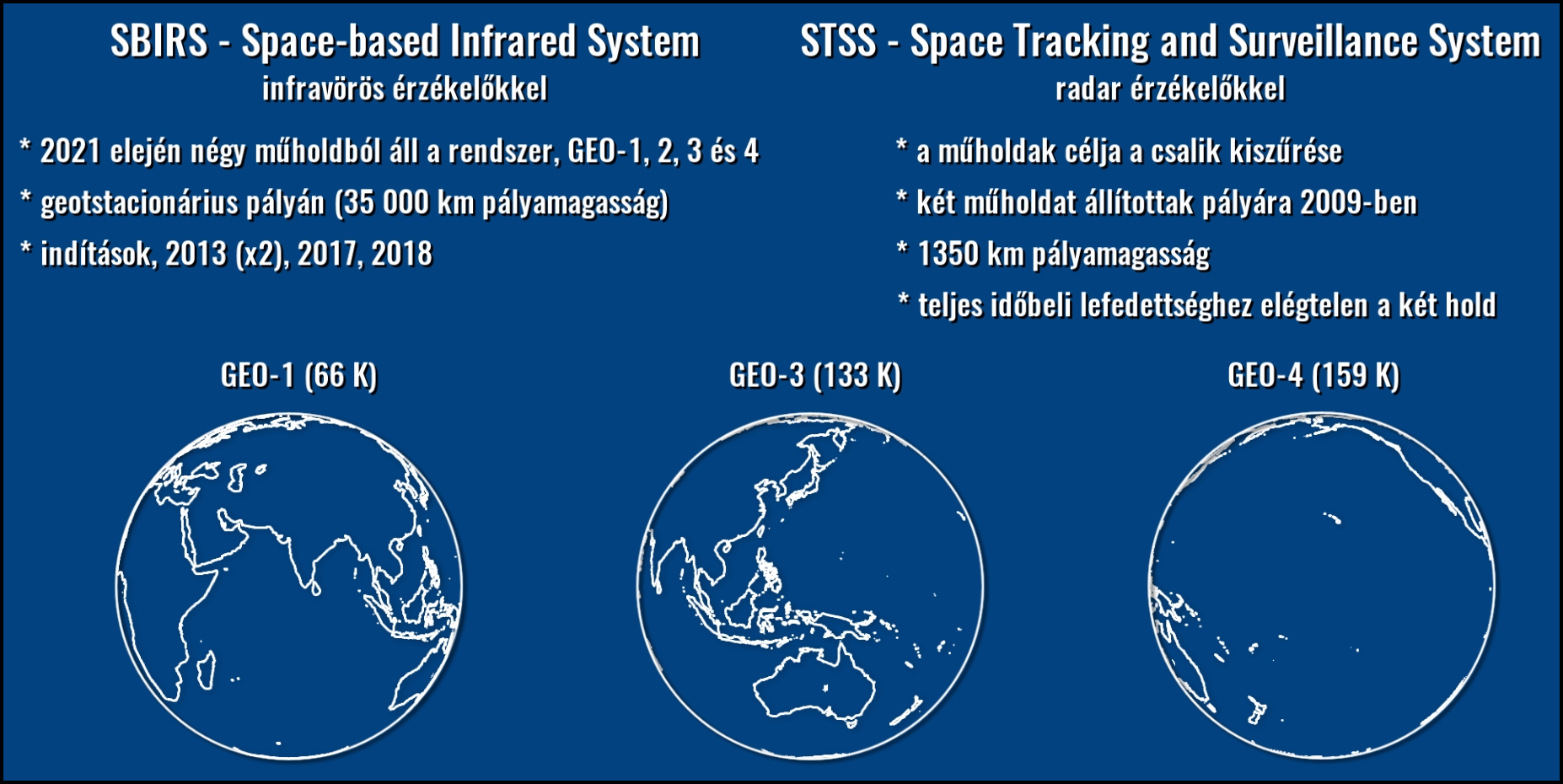Csak hogy vilagos legyen, melyik reszre hivatkoztam (kiemeles tolem es onkenyesen valogattam a cikkbol reszeket):
"Definition of Hypersonic Operational Threats
Despite the lack of an unambiguous definition for hypersonic speeds, for this paper and in most military contexts, a speed greater than Mach 5.0 will be assumed. Despite the lack of an unambiguous definition for hypersonic speeds, for this paper and in most military contexts, a speed greater than Mach 5.0 will be assumed. This causes a severely reduced timeframe for implementing a potential kill chain. Furthermore, the altitude bands used by HOT, combined with significant manoeuvrability at these high speeds, create further complications for available sensors and interceptors. In comparison to a ballistic missile threat, HOT flight paths and impact points are very unpredictable. Generally, two classes of HOT can be identified: HGVs or HCMs. For both systems, it has to be assumed that they have precision strike capabilities which are supported by on-board sensors."
"Potential Limitations of Current NATO Air Defence Systems
The effectiveness of Air and Missile Defence (AMD) systems is determined by the capabilities of their sensors and interceptors. NATO’s current portfolio spans numerous systems that cover various threat categories, but do not include any systems (due to technical feasibility or monetary reasons) that can cover all threat categories in all altitude bands.
This does not mean that NATO nations do not already possess very potent space-based, airborne or surface-based sensors. Still, they need to evaluate which sensors qualify for the detection and tracking of HOT, and which sensors can provide fire solutions. It can be surmised that modern, often software-steered sensors can be adapted, but how this affects overall functionality and performance still needs to be evaluated. Also, adequate data fusion of all available sensors needs to be in place or enabled to cope with these future threats.
The area in which AMD interceptors can deliver their effect is called ‘battlespace,’ which is mainly limited by the interceptor’s propulsion and manoeuvrability. The significantly elevated threat requirements of HOT increase the likelihood of them taking flight paths outside of the current interceptors´ battlespaces."
With the currently available interceptors, it is likely that an intercept has to occur in the final phase of the flight path. This limits tremendously the distance by which an interceptor can be separated from a protected asset and reduces the opportunity for a second shot at the threat.
Although current Command and Control (C2) structures and data link capabilities are potent and agile enough to handle the present threat set, how they may need to be adapted to also cover HOT has yet to be evaluated."
"System Requirements for HOT Defence
A comprehensive answer covering system requirements for an effective solution to HOT requires an assessment of all four pillars of NATO Integrated Air and Missile Defence (Active Air Defence, Passive Air Defence, Surveillance and BMC3I) and all steps of the kill chain. Point and area defence plans or schemes of assets must both be assessed.
It would be beneficial to have sufficient sensor capabilities to gain and maintain a continuous track of a HOT from launch to intercept or impact. Due to the relatively low altitude compared to ballistic missiles (HGVs 30-80 km, HCMs 20-40 km), this is hard to achieve. Because of the earth’s curvature and anticipated flight levels, detection ranges are limited.
Therefore, the initial focus should be on the necessary sensor network for early warning (both military and civilian) and engagement; hence the boost phase and the phase before intercept, currently most likely the final phase. These ranges lead, in combination with the target speed, to corresponding early warning times.
For more accurate and better early warning and cueing of other sensors, space-based sensors in various orbits (e.g. geostationary, low earth orbit) may be beneficial. Detailed requirements for coverage and robustness, especially against peer opponents, must be identified.
Outside of simulation environments, HOT are not available for testing against current AMD weapons systems. This makes solid intelligence data necessary, not only for future defence planning, but also for defining general system requirements. It cannot be stated with high confidence that sensors currently available (e.g. PATRIOT, SAMP/T, SMART-L) are capable of detecting and tracking manoeuvring HOT. Although these systems may be adapted using software fixes, the consequences for the remaining task load (e.g. tracking aircraft or ballistic missiles) must also be identified. Existing early warning systems like the US Shared Early Warning (SEW) system, which uses infrared sensors to detect missiles in their boost phase, should be capable of detecting HGVs and likely HCMs since their boosters have a significant boost phase. The need for further land-, sea-, air- or space-based sensors must be analysed to guarantee successful defensive engagement options against HOT."
Es igy tovabb. Nem akarom az egeszet bemasolni, de lassan megint ott jarunk, hogy eltunodtem, esetleg szorol-szora leforditom a cikket (esetleg felajanlom a HTKA-nak utankozlesre ti. NATO's iraskent public domain ala esik, belinkeljuk a forrast es kesz.)








